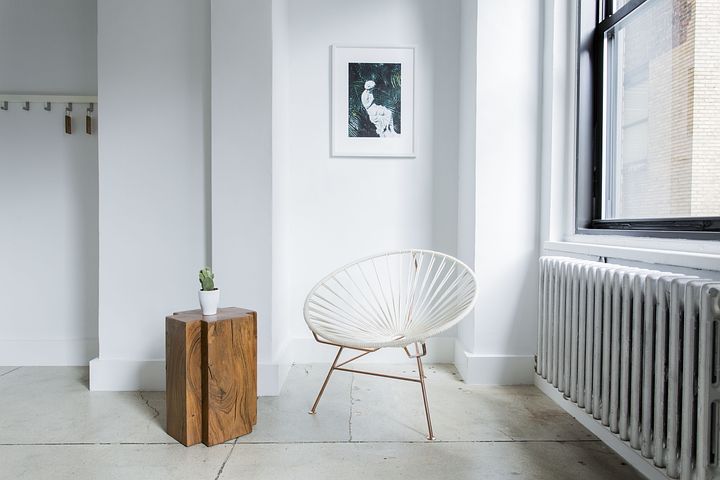Color sealants can be made from natural stone or ceramic tile. Colors can be customized for different applications. Usually, tiles are sealed using a standardized sealer, but in some cases, you can customize colors yourself. If you wish to customize the color of your tiles, you will need to get in touch with your local dealer.
Ceramic tile
Ceramic tile color sealants are a great way to change the color and tone of your floors. This product also protects your tile from excessive moisture. While most hardwood floors don’t need to be sealed, ceramic tiles should be sealed to avoid the risk of damage due to moisture. A sealant is also a good idea for glazed ceramic tiles, as it will help keep your flooring clean and protect it against damage.
Before applying a color sealant, you should perform a water test on your tiles and grout to determine whether or not they’ve been sealed. You should also check to see if any dark spots appear when water is wiped off. If so, you haven’t used a sealant properly.
Water-based sealants are a better choice for your floors than solvent-based ones. They are less volatile and don’t emit harmful fumes. Also, they’re safer to use indoors because they’re less sensitive to moisture. They also allow for better adhesion. Some water-based sealants contain unique adhesion promoters to improve the bond between your tiles and the sealer.
Natural stone
A stone sealant is a coating applied to a stone surface to prevent staining, corrosion, and dust from penetrating. The natural stone contains many capillary channels, making it prone to staining. These channels allow liquids and gasses to penetrate. The stone acts like a sponge, drawing liquids and gasses in. Some types of stone are more porous than others. For example, granite absorbs water more slowly than sandstone and absorbs a smaller volume.
It’s also essential to clean the surface thoroughly before applying a stone sealant. Not only will this prevent stains from penetrating the stone, but it will also allow you to wipe away spills easily. Moreover, you should avoid spilling liquids on the stone and use coasters under drinking glasses. It would help if you also used a cutting board and trivet to prevent liquids from staining it.
Natural stone sealants are essential for protecting surfaces, but they should be used sparingly. The frequency of application depends on the type of stone and how it will be used. A simple water drop test will allow you to determine the level of the porousness of the stone. If water penetrates the stone quickly, it’s porous. If it clings to the stone, it’s less porous and will need more frequent sealing.
Wet look
Wet look color sealant for tiles is a versatile finish that offers protection from water and grease while enhancing the beauty of your floor. The product can also provide a high-gloss sheen and is resistant to yellowing. It is a non-flammable, low-odor formula that is easy to apply.
A topical glossy sealer is applied to your tiles one section at a time and dries in four hours. If you have slate tiles, you may need to apply a second coat or strip your floor every couple of years. After applying the color sealant, you should wait at least eight hours before sanding it down.
A sealant that penetrates is best for sealing natural stone. It protects the stone from oil stains, prevents mold and mildew buildup, and allows you to clean it easily.
Acrylic
An acrylic color sealant can be applied to tiles with ease and a quick dry time. Polyurethane is stronger, lasts longer than acrylics, and requires more drying time. If you are interested in sealing ceramic tiles, you may want to consider a polyurethane sealant. Polyurethane is a two-part liquid that is harder to remove once applied.
Acrylic color sealant for tiles is a durable product that is stain, mold, and mildew resistant. Unlike water-based sealants, Color Seal acrylic sealant for tiles is easy to wipe off. The process takes about twenty minutes. After that, it sets in two hours and cures for up to 36 hours.
Polyurethane
Polyurethane is a popular material used to seal tiles and other surfaces. Its properties are customizable to meet specific needs, such as adhesion, flexibility, and mechanical strength. In addition to having excellent adhesion and protection, polyurethane also has a high melting point, which makes it a perfect choice for sealing joints.
After applying the sealant, wipe any excess material off the tiles with a rag. After the first coat has dried, test the tile to ensure it has thoroughly penetrated the surface. Then, you can apply a second coat if needed.
